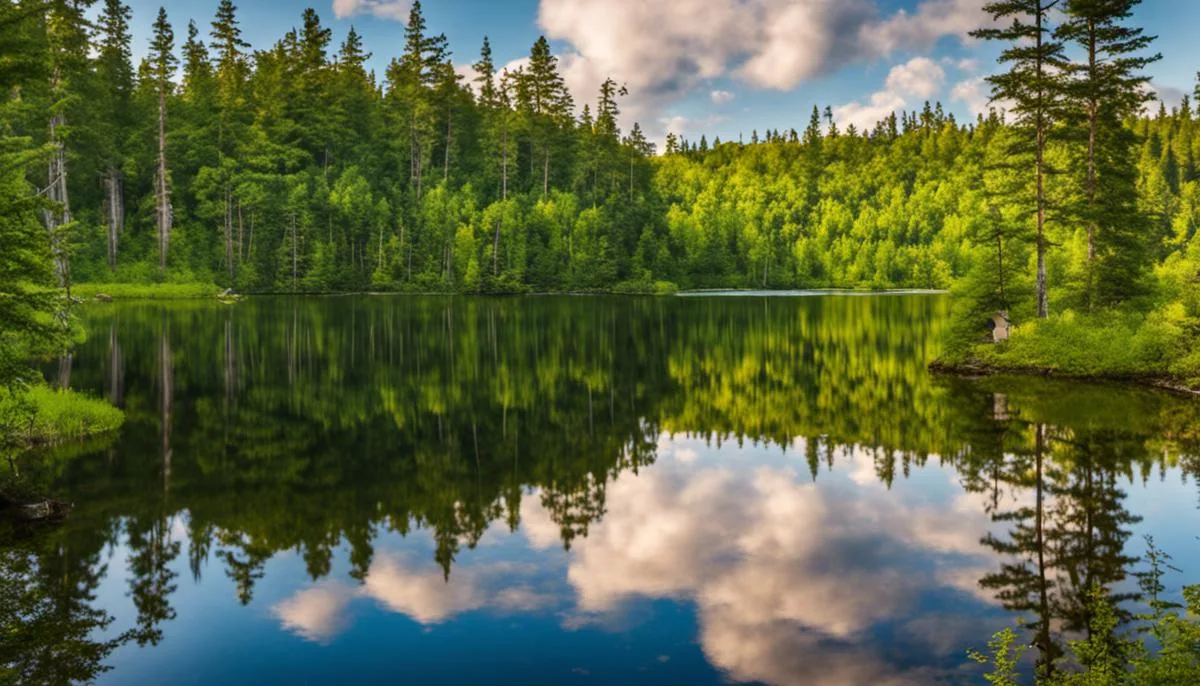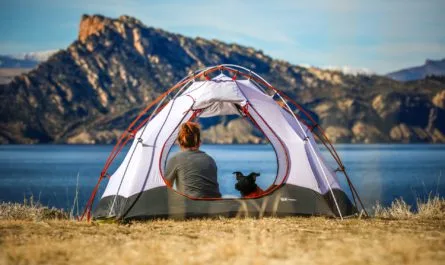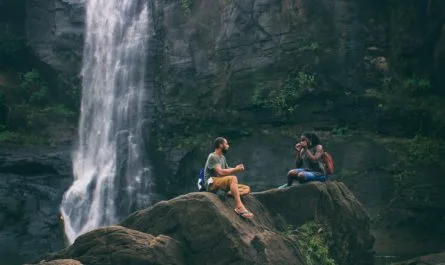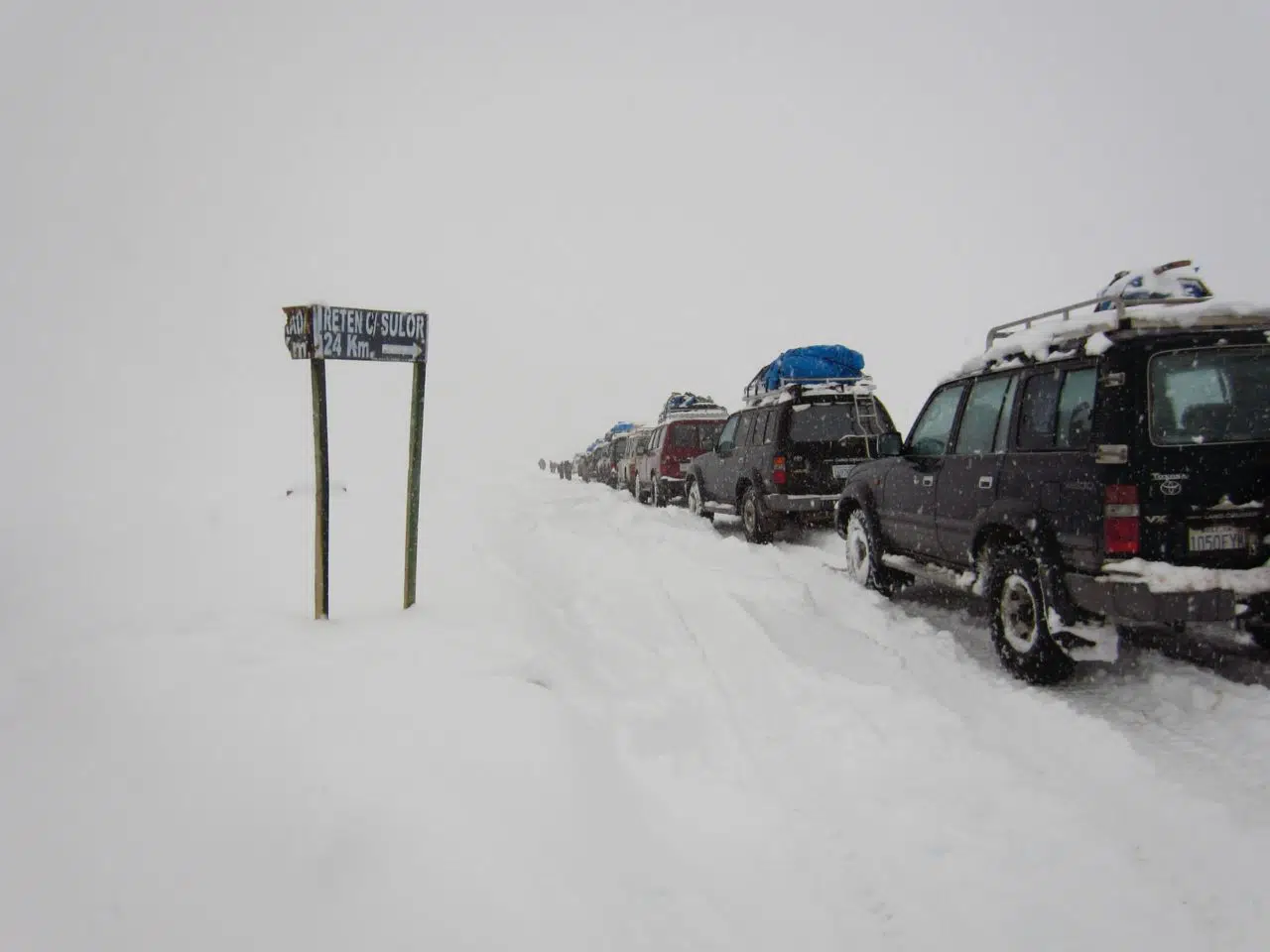The Boundary Waters, a region positioned at the threshold of pure nature and serene beauty, is an expansive wilderness that shelters a myriad of flora and fauna within its heart – an idyllic retreat for nature lovers and outdoor enthusiasts. This group of untamed waterways nestled between Minnesota in the United States and Ontario in Canada, steeped in deep history, captivates countless visitors each year with its unrivaled tranquility and distinctive significance. When you explore the Boundary Waters you will come to understand this exquisite tapestry of ecosystems. Whether it’s identifying the perfect opportunities for wildlife spotting, pinpointing ideal fishing conditions, or discovering optimal times for outdoor exploration, the key lies in thoughtful preparation and informed decision-making.
Understanding the Boundary Waters
Geographical Location and Significance
The Boundary Waters Canoe Area Wilderness, often abbreviated as BWCAW or simply BWCA, is a wilderness area within the Superior National Forest in northeastern Minnesota, USA. Occupying about one million acres of land and water, it shares its northern border with Canada’s Quetico Provincial Park and is part of the larger Boundary Waters region, a popular destination for canoeing, fishing, and hiking. This freshwater ecosystem is of great ecological significance, hosting an array of diverse flora and fauna that make the area especially attractive to nature enthusiasts and biologists.
Historical Background
The area has a rich history, with indigenous peoples like the Dakota and Ojibwe calling it home for thousands of years. Later, it was heavily used by French fur trade routes in the 18th century. Today, it’s a beloved escape for visitors seeking a brush with pristine nature and solitude. It’s also a protected area, recognized as a unique and valuable wilderness under the 1964 Wilderness Act.
Flora and Fauna
The Boundary Waters offer a biodiverse habitat, fostering an array of species. You are likely to spot animals such as moose, white-tailed deer, black bears, and timber wolves. The virgin forests in this region are made up predominantly of pines, birch, poplar, and fir trees. The waterways are also home to a large variety of fish populations like Northern Pike, Smallmouth Bass, Walleye, and more, making it a popular spot for angling.
Best Time to Visit
The most recommended times to visit the Boundary Waters are during the late spring, summer, and early fall. In late May to June, the area begins to warm up. Wildlife becomes more active, and this is also a good time for fishing as many species spawn in the spring. In the summer months (July to August), the weather is warmest. The days are long, allowing ample time for canoeing and exploring. The water temperature is also more conducive to swimming during this period.
From September to mid-October, the fall season offers cooler temperatures and beautiful fall foliage, which paints the landscapes in stunning hues of yellow, orange, and red. However, planning a visit during these peak seasons will require advanced reservations due to high demand.
It’s worth noting that winter (late November to April) in the Boundary Waters can be harsh, with low temperatures and heavy snowfall. During this time, activities change from canoeing and fishing to snowshoeing, cross-country skiing, and ice fishing. While it’s a unique experience, winter trips are recommended for those with wilderness winter camping experience.
Wilderness That is Close
Located in the heart of northeastern Minnesota, the Boundary Waters Canoe Area Wilderness is a hub of biodiversity, rich history, and a plethora of outdoor activities throughout the year. Deciding the best time to visit, however, is largely subjective and comes down to individual preferences, whether they lean towards warm-weather activities or are prepared to take on the thrill of subzero adventure.
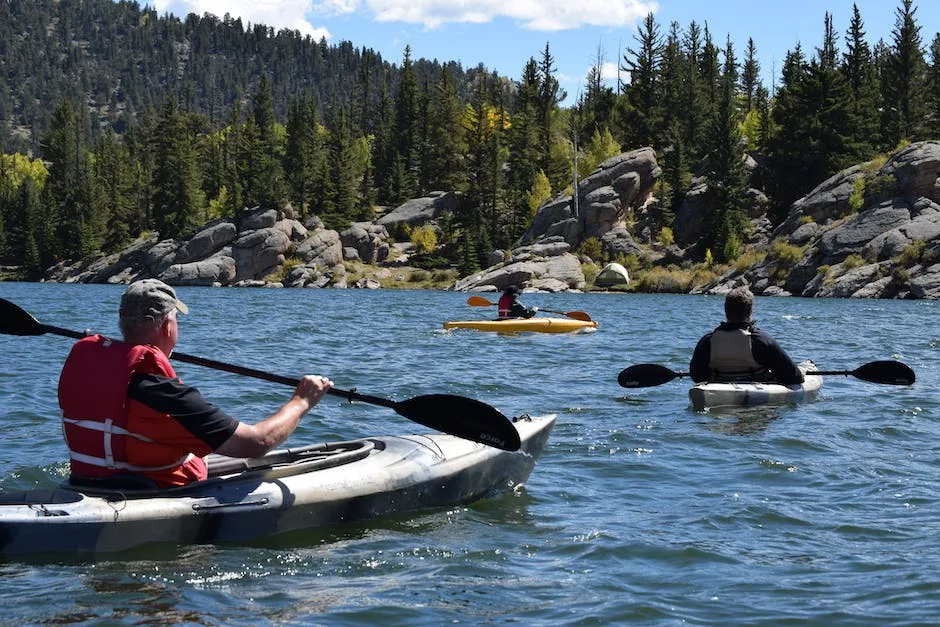
Climate and Seasons in the Boundary Waters
Getting to Know the Boundary Waters Climate
Part of understanding how to plan your visit comes down to understanding the climate in this rugged terrain. The Boundary Waters experiences a temperate continental climate, signifying distinct season changes. Each season brings unique travel opportunities, as well as challenges for those intrepid enough to partake in various outdoor activities.
Spring: A Season of Thaw and Renewal
The spring season in Boundary Waters, typically from April to June, is marked by the thawing of winter ice, blooming of wildflowers, and active wildlife. Temperatures average between 45 to 70 degrees Fahrenheit. Though the season is often wet, it is a great time to paddle when the water levels are high. Despite the chance of rain and cold nights, spring offers fewer crowds and a rejuvenating natural landscape.
Summer: The Peak Travel Season
The summer, from July to August, is the peak travel season in the Boundary Waters and enjoys warm weather, long days, and vibrant green landscapes. The temperatures reach the upper 80s in the afternoons but can drop to the a cool 50s during the night. It is also during this season that the region experiences the occasional thunderstorm. This is the perfect season for fishing, paddling, and camping, due to its idyllic weather and array of outdoor activities.
Autumn: Spectacular Foliage and Tranquil Waterways
The fall season, from September to October, is characterized by crisp air, golden and rust-colored foliage, and tranquil waterways. It offers a cooler alternative to summer, with temperatures ranging from a high of 70s to a low of 30s towards the end of October. This time of year also experiences fewer bugs, making outdoor activities more comfortable. The fall is ideal for those craving solitude and balance between cool weather recreation and scenic beauty.
Winter: A Frozen Paradise
Winter in the Boundary Waters, from November to March, transforms the area into a magical frozen paradise. The region experiences an average snowfall of 70 inches and temperatures can plunge below freezing, often reaching the single digits. Activities like cross-country skiing, snowshoeing, and ice fishing become the prime attractions. Even though the season’s weather is challenging, the surreal beauty of the snow-capped terrain offers a unique experience to the hardcore adventurers.
Deciding on the best time to visit the Boundary Waters Canoe Area Wilderness (BWCAW) in northern Minnesota, revolves around the specific activities you intend to partake in. With over a million acres of unspoiled wilderness, this location provides a medley of outdoor pursuits throughout the changing seasons. Summer is the favored season for families and adventure lovers who delight in warm weather and a myriad of activities. But for individuals who prefer a sense of seclusion and cooler weather, the spring and fall seasons present an ideal setting. Each season brings forward its unique appeal, transforming the Boundary Waters into a year-around destination.

Recommended times to visit Boundary Waters
Optimal Periods to Visit the Boundary Waters
A trip to the Boundary Waters Canoe Area Wilderness is dependent on a mix of factors such as your choice of outdoor pursuits, your willingness to encounter bugs, and adaptability to shifting weather conditions. This extensive wilderness in northern Minnesota, abundant in pristine landscapes, is perfect for numerous outdoor delights including canoeing, fishing, and wildlife observation. Your determination of the best time to visit Boundary Waters largely relies on personal preferences and tolerances.
Spring (May-June): Canoeing and Fishing
Spring can be an ideal time for a Boundary Waters visit, especially if you’re interested in canoeing and fishing. Around this time, the ice on the lakes has typically melted, allowing for canoe travel. Additionally, spring also tends to be less crowded than summer, meaning you’ll have more solitude on the water and at campsites. However, be prepared for variable weather, with temperatures that can range from frosty mornings to warm afternoons, and always check local conditions before heading out.
Fishing enthusiasts will be delighted to know that the fishing season starts in mid-May. Around this time, water temperatures are just right for fish like walleye, northern pike, and bass to start biting.
Summer (July-August): Wildlife Viewing and Warm Weather Activities
Summer, specifically July and August, is the most popular time to visit Boundary Waters. The weather is typically warm and pleasant, with high temperatures averaging in the 70s. These months present excellent opportunities for wildlife viewing. You’re likely to spot species like moose, deer, beavers, and countless species of birds.
However, the area is more crowded in summer, and biting insects such as mosquitoes and ticks can be particularly bothersome. Make sure to pack insect repellent, wear appropriate clothing, and check for ticks daily.
Autumn (September-October): Fall Colors and Cooler Temperatures
Autumn in the Boundary Waters is simply breathtaking. Mid-September to early October offers stunning fall colors with less crowded trails and ports. The temperatures are cooler and more pleasant for those who prefer less heat. Bear in mind, however, that the night temperatures can drop quite low, so bring appropriate gear if you’re planning to camp overnight. While wildlife is less active than in spring and summer, fall still offers excellent fishing opportunities.
Winter (November-April): Winter Recreation
Winter in the Boundary Waters can be harsh, with snow, ice, and very cold temperatures. But for the adventurous, it offers unique opportunities for activities like cross-country skiing, ice fishing, and snowshoeing. You might even catch a glimpse of the Northern Lights! Keep in mind that winter travels require advanced planning for safety reasons and require specific skills to manage the cold and elements.
Regardless of when you choose to visit the Boundary Waters, prepare well for the trip. Check the forecast, pack layers, bring a quality bug spray, and bear spray. Remember, wilderness areas depend on us to keep them clean and pure, so always practice Leave No Trace ethics by packing out everything you pack in. It’s part of the adventure and experience of one of America’s most pristine wilderness areas.
Final Thoughts To Explore The Boundary Waters

Regardless of whether the reason to explore the Boundary Waters is rooted in a love for angling, a search for broad biodiversity, or a craving for secluded exploration, there’s no denying the importance of timing your visit right. The tendrils of this expansive wilderness unfurl differently in every season, each time frame offering a distinctive palette of experiences. From witnessing majestic migrations to leisurely canoeing under the midnight sun, every moment in the Boundary Waters is imbued with beautiful nuances. Remember, armed with comprehensive knowledge about the Boundary Waters, and its various facets, visitors can tailor their journey to align perfectly to their interests and desires. The splendors of the Boundary Waters are timeless, awaiting those who are ready to immerse themselves in their quietude and undisturbed beauty.
Related Reading About Explore The Boundary Waters
Camping on a Budget – Embrace Nature Without Emptying Your Wallet
6 Ely Webcams – Elevate Your Experience of Ely, Minnesota & BWCA with Phenomenal Views
Ultimate Guide on How to Plan a Boundary Waters Canoe Trip – 10 Tips, Tricks, and Expert Advice
